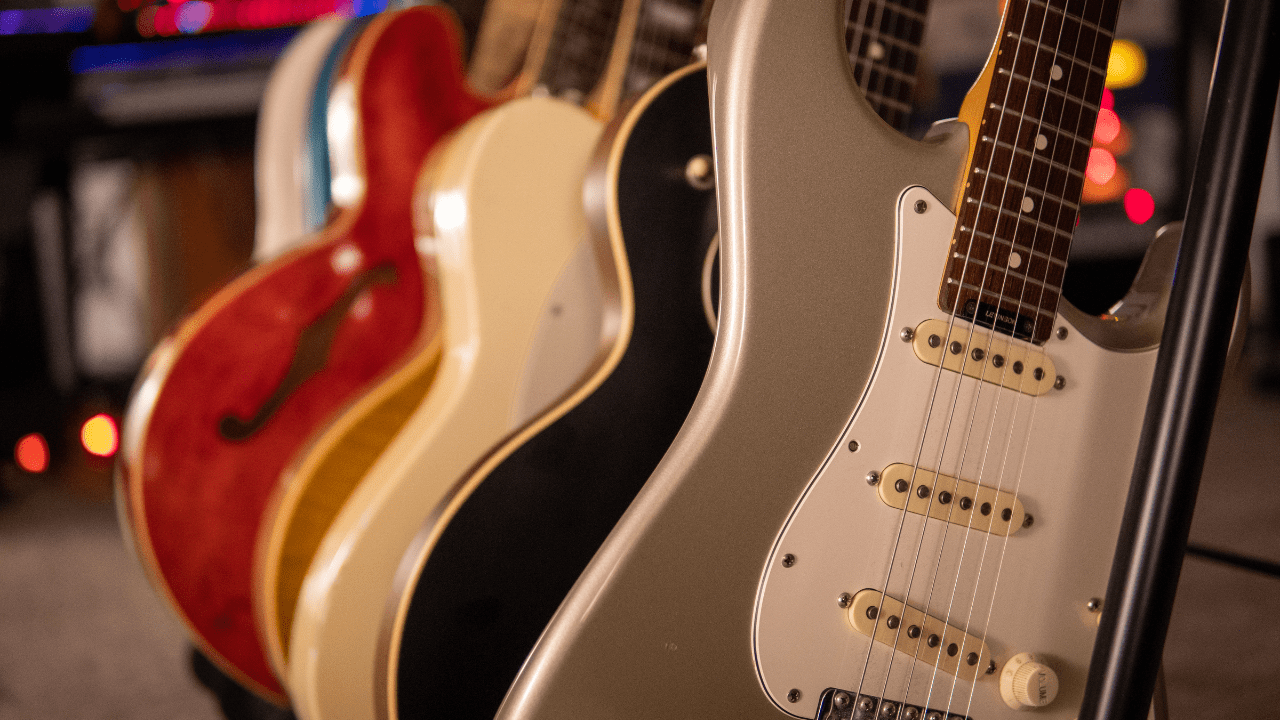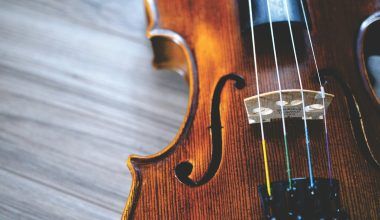The guitar is one of the most popular and versatile instruments in the world. From soulful acoustic melodies to electrifying rock solos, it has captured the hearts of musicians and listeners alike. But what type of instrument is a guitar, and what makes it unique in the world of music? In this extensive guide, we’ll delve into the classification, history, construction, and cultural significance of this beloved instrument.
What Type of Instrument Is a Guitar?
The guitar is classified as a string instrument. It produces sound when its strings are plucked, strummed, or picked, causing them to vibrate. The vibrations resonate through the body of the guitar, amplifying the sound.
Classification of the Guitar
To better understand what type of instrument is a guitar, let’s break it down into its primary classifications:
1. String Instrument
- Guitars belong to the string family, similar to violins, cellos, and harps.
- They produce sound through string vibration, which is then amplified by the guitar body or pickups (in electric models).
2. Plucked Instrument
- Unlike bowed instruments like violins, guitars are plucked or strummed.
- Fingers or a pick (plectrum) are commonly used to create sound.
3. Chordophone
- In the Hornbostel-Sachs classification, guitars fall under “chordophones,” instruments that generate sound through vibrating strings stretched between two points.
Types of Guitars
Guitars come in various forms, each designed for specific sounds and purposes. Here’s a closer look:
1. Acoustic Guitar
- Relies on its hollow body to amplify sound.
- Popular in folk, classical, and pop music.
Subtypes:
- Classical Guitar: Nylon strings, used in classical and flamenco music.
- Steel-String Acoustic Guitar: Bright sound, common in modern music.
2. Electric Guitar
- Uses pickups and amplifiers to produce sound.
- Integral to genres like rock, metal, and jazz.
Subtypes:
- Solid-Body Electric Guitar: No hollow body, minimal natural resonance.
- Semi-Hollow and Hollow Body: Offers a warmer tone, ideal for jazz and blues.
3. Bass Guitar
- Designed for lower-pitched notes.
- Foundational in rhythm sections of bands.
4. Twelve-String Guitar
- Features six pairs of strings, producing a rich, chorus-like effect.
5. Electro-Acoustic Guitar
- Combines features of acoustic and electric guitars, allowing amplification.
6. Other Variants
- Resonator Guitar: Uses metal cones for sound amplification.
- Archtop Guitar: Preferred in jazz for its smooth tone.
Construction of a Guitar
Understanding what type of instrument is a guitar involves exploring its construction.
- Body
- The body amplifies the sound produced by string vibrations.
- Materials: Commonly made from woods like mahogany, maple, or rosewood.
- Neck
- Contains the fretboard, where notes and chords are played.
- Strings
- Typically made from steel, nylon, or other metals.
- Number of strings varies, but six is the standard.
- Bridge
- Anchors the strings and transfers vibrations to the body.
- Pickups (Electric Guitars)
- Convert string vibrations into electrical signals for amplification.
The History of the Guitar
The guitar has a rich history, evolving over centuries to become the instrument we know today.
- Ancient Origins
- Early chordophones date back thousands of years, with ancestors like the lute and oud.
- The Renaissance Guitar
- A smaller, four-stringed predecessor to the modern guitar emerged in the 15th century.
- Classical Era
- The six-string classical guitar gained popularity in the 18th century.
- Modern Innovations
- The 20th century brought electric guitars and innovations like pickups and amplifiers.
Role of the Guitar in Music
The guitar’s versatility makes it a cornerstone of countless music genres:
- Classical
- Features intricate fingerstyle playing and complex compositions.
- Rock
- Electric guitars define the sound of rock with powerful riffs and solos.
- Jazz
- Smooth, mellow tones are central to jazz guitarists.
- Folk and Country
- Acoustic guitars dominate these genres, emphasizing storytelling.
- Blues
- The guitar is a vital instrument for expressing emotion in blues music.
Learning to Play the Guitar
Learning the guitar is accessible to beginners and rewarding for advanced players.
1. Choose the Right Guitar
- Beginners often start with acoustic guitars for simplicity.
- Electric guitars are easier to play due to lighter strings.
2. Master the Basics
- Learn chords, strumming patterns, and simple songs.
3. Practice Regularly
- Consistent practice is key to developing skill and muscle memory.
4. Explore Styles
- Experiment with different genres to find your unique voice.
Why Is the Guitar So Popular?
- Versatility
- The guitar suits diverse musical styles and settings.
- Portability
- Its compact size makes it easy to carry and play anywhere.
- Expressiveness
- Allows players to convey a wide range of emotions and dynamics.
- Cultural Impact
- Iconic figures like Jimi Hendrix, Andrés Segovia, and Eric Clapton have elevated the guitar’s status.
Final Thoughts
So, what type of instrument is a guitar? It’s a stringed, chordophone instrument celebrated for its versatility, rich history, and role in shaping music across cultures. Whether you’re a beginner or an experienced player, the guitar offers endless possibilities for expression and creativity.
Pick up a guitar today, and start your journey into the world of music.
Related Articles:
For further reading, explore these related articles:
- Which is the Easiest Instrument to Learn? Find Out in This Beginner’s Guide
- Discover the Best Cheap Musical Instruments for Beginners
For additional resources on music marketing and distribution, visit Deliver My Tune.





